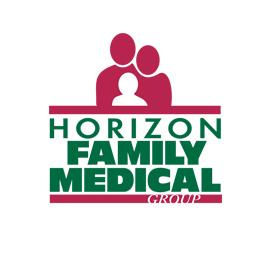Someone in the United States has a stroke every 40 seconds, and every four minutes, someone dies from a stroke. That means every year nearly 800,000 people in the U.S. have a stroke. In fact, stroke is the leading cause of serious long-term disability. Those numbers may be on the rise after COVID-19. Early research suggests that if you or a loved one has survived COVID-19 you might now be at an increased risk for stroke.
Common symptoms of moderate to severe COVID-19 include inflammation of the body, poor organ function, and blood clots. All these symptoms increase the risk for a build-up of blood clots, which can lead to a heart attack or stroke. Obesity, high cholesterol, high blood pressure, diabetes, smoking, and drug use are other risk factors for stroke.
The key to preventing long-term damage or death from a stroke is recognizing the warning signs of a stroke and getting treatment fast. According to the CDC, patients who get to the emergency room within three hours of their first symptoms are more likely to experience better outcomes than those who received more delayed care.
Signs of stroke
So, what are the signs and symptoms? Just remember to BE FAST.
B—Balance: Sudden loss of balance or coordination
E—Eye: Sudden trouble seeing out of one or both eyes
F—Face: Is the face drooping or numb? Ask the person to smile. Does one side of the face droop?
A—Arms: Is one arm week or numb? Ask the person to raise both arms, does one arm drift downward?
S—Speech: Is speech slurred? Ask the person to repeat a simple phrase, is the speech slurred or difficult to understand?
T—Time: If you any of these signs or symptoms, call 9-1-1 immediately.
Make sure you the note the time symptoms appeared as it can help doctors provide the best treatment. If you are alone, don’t. And don’t drive a loved one to the hospital. Call an ambulance so treatment can be administered right away.
Lower your risk for stroke
If you are worried about having a stroke there are things you can do to lower your risk:
- Keep your blood pressure and cholesterol in the healthy range
- Quit smoking
- Eat healthy and stay active

